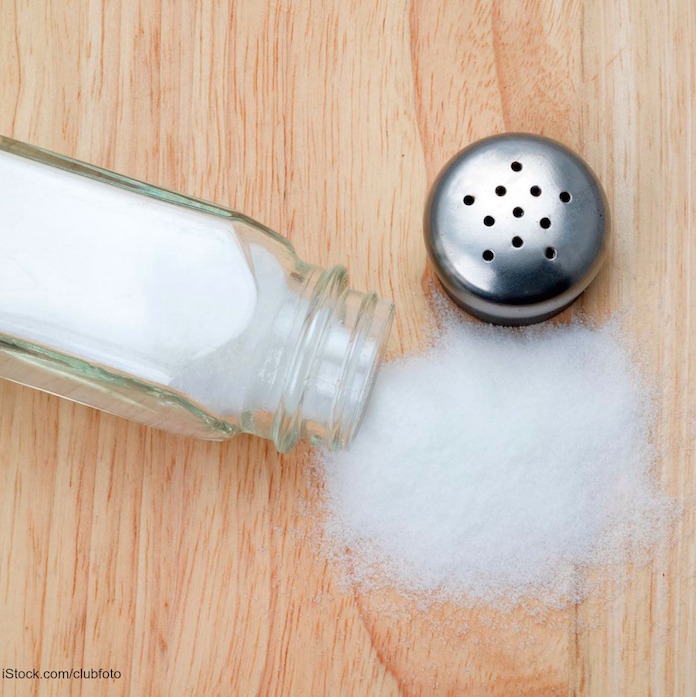The FDA is planning to reduce sodium in the food supply. The link between sodium consumption and blood pressure is well documented. Most people need to reduce their sodium consumption to less than 2,300 mg per day. And most of that consumption, about 75%, comes from processed and prepared foods, not the salt shaker.

Some companies have reduced sodium in their products, but many foods still contain a lot of salt. On average, Americans consume 3,400 mg of sodium every day, more than 50% above the recommended limit. Children also eat more than is recommended. Most children consume from 2,900 mg a day, and teenagers consume 3,700 mg per day.
High blood pressure is a major risk factor for heart disease and stroke. A lower sodium intake is associated with a lower risk of cardiovascular disease.
FDA is issuing for public comment draft voluntary targets for reducing sodium in commercially prepared and processed foods in both short term (2 year) and long term (10 year) spans. The government wants to work with food companies and restaurants to gradually reduce sodium levels in foods.
While the FDA says that voluntarily guidelines give the government more flexibility to adjust these guidelines as new information becomes available, the science is settled on this matter. And voluntary guidelines do not have the force of law; companies are not required to abide by them.
The short term target is to reduce sodium consumption to about 3,000 mg per day in two years. The long term, or 10 year, target, would reduce sodium consumption to about 2,300 mg per day. These numbers are in line with the 2015 – 2020 Dietary Guidelines and the Healthy People 2020 recommendations.
The problem with reducing sodium content in processed and prepared foods is that it will change the taste, texture, stability, and microbial safety of many foods. Removing sodium from these products must be done with an eye to food safety. This time span will also help consumers to adjust to the taste changes.
The FDA has divided foods containing sodium into 16 overarching categories, with individual targets for 150 subcategories, ranging from cereals to combination foods such as pizzas and sandwiches. Sodium targets will be drafted for each category. Since about 50% of food dollars are spent on foods prepared outside the home, the draft targets apply to processed and prepared foods that are eaten at home and outside the home.
The two targets have been set because while some reductions can be made quickly, others may take strategies and research that take time to develop. Many companies have already taken steps to reduce the sodium content in their foods because of public pressure.
FDA is providing 90 days for comment on the short term targets, and 150 days for comment on the long term targets. These targets do not address naturally occurring sodium, or salt that people add to their food. They also do not addressed specific methods and technologies for sodium reduction, or prescribe how much of a sodium-containing ingredients should be used in a formulation of any food. You can read and comment on the draft guidance for industry by visiting the FDA web site.




